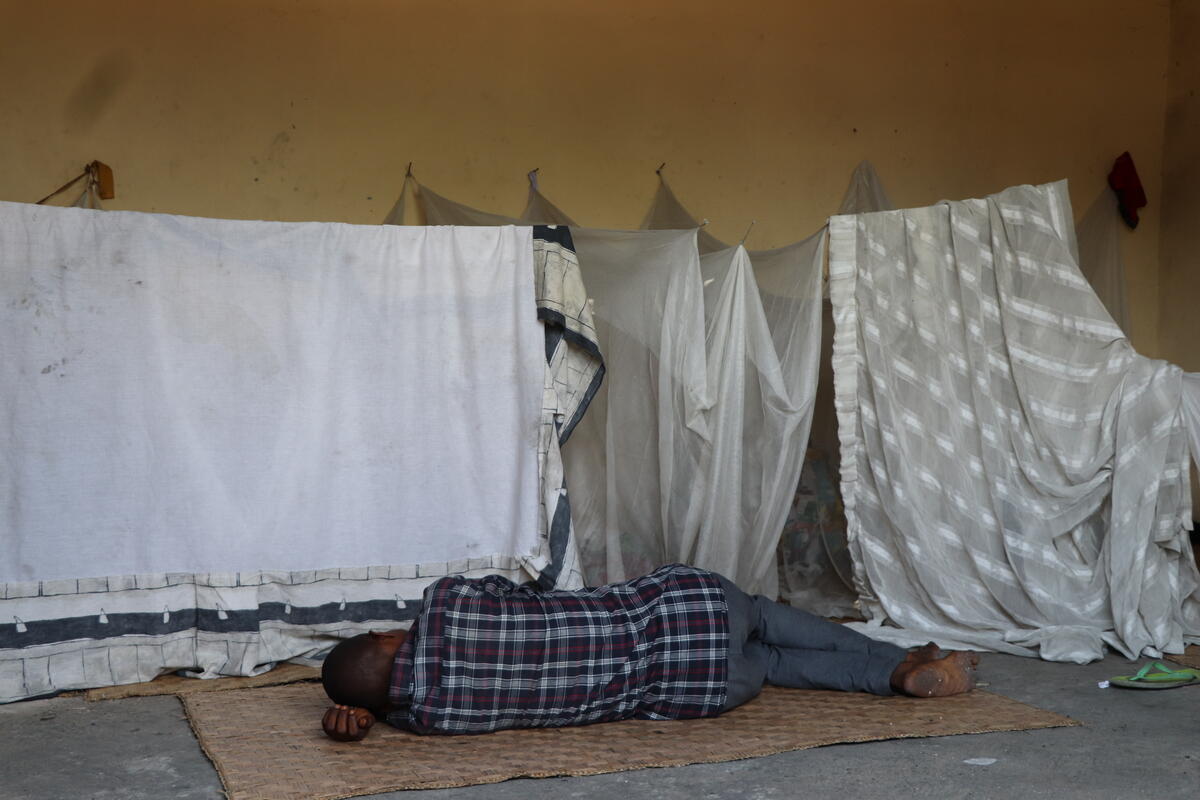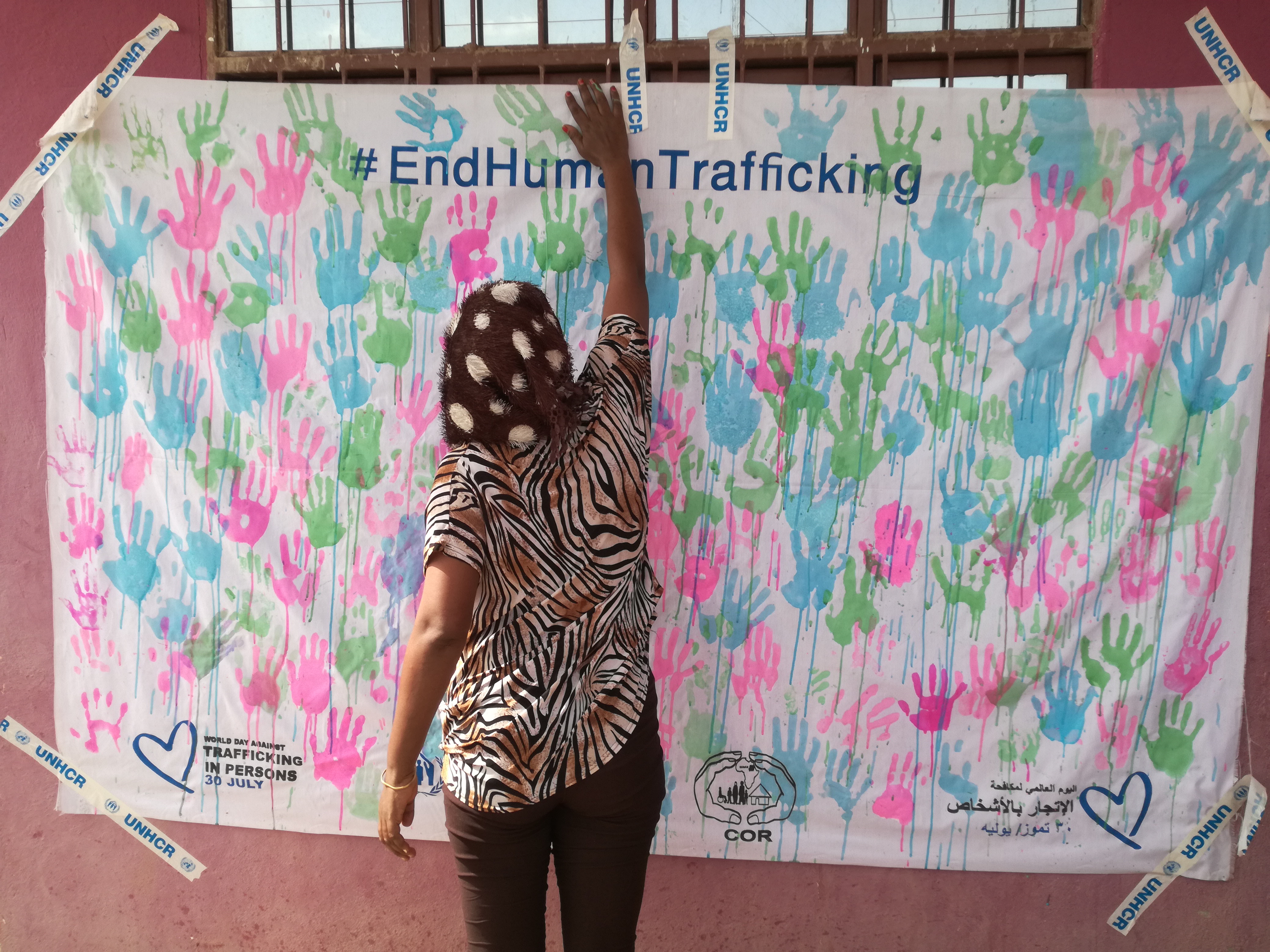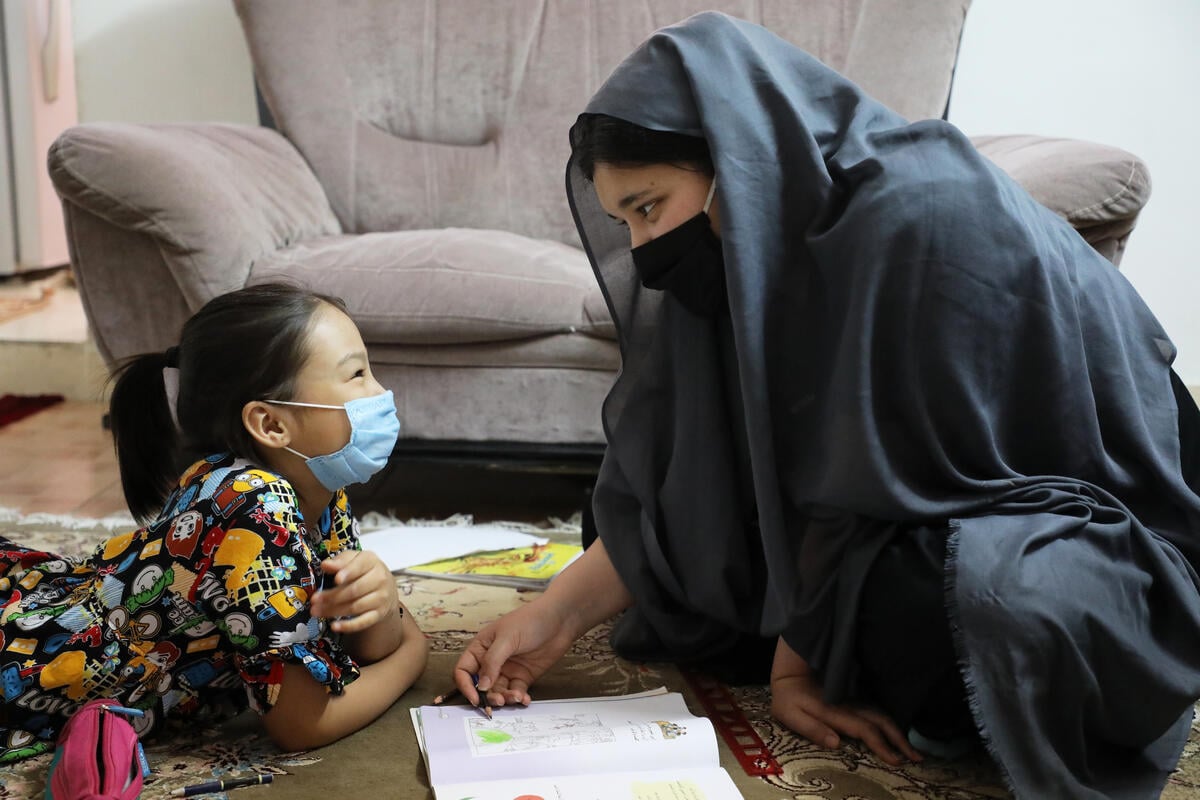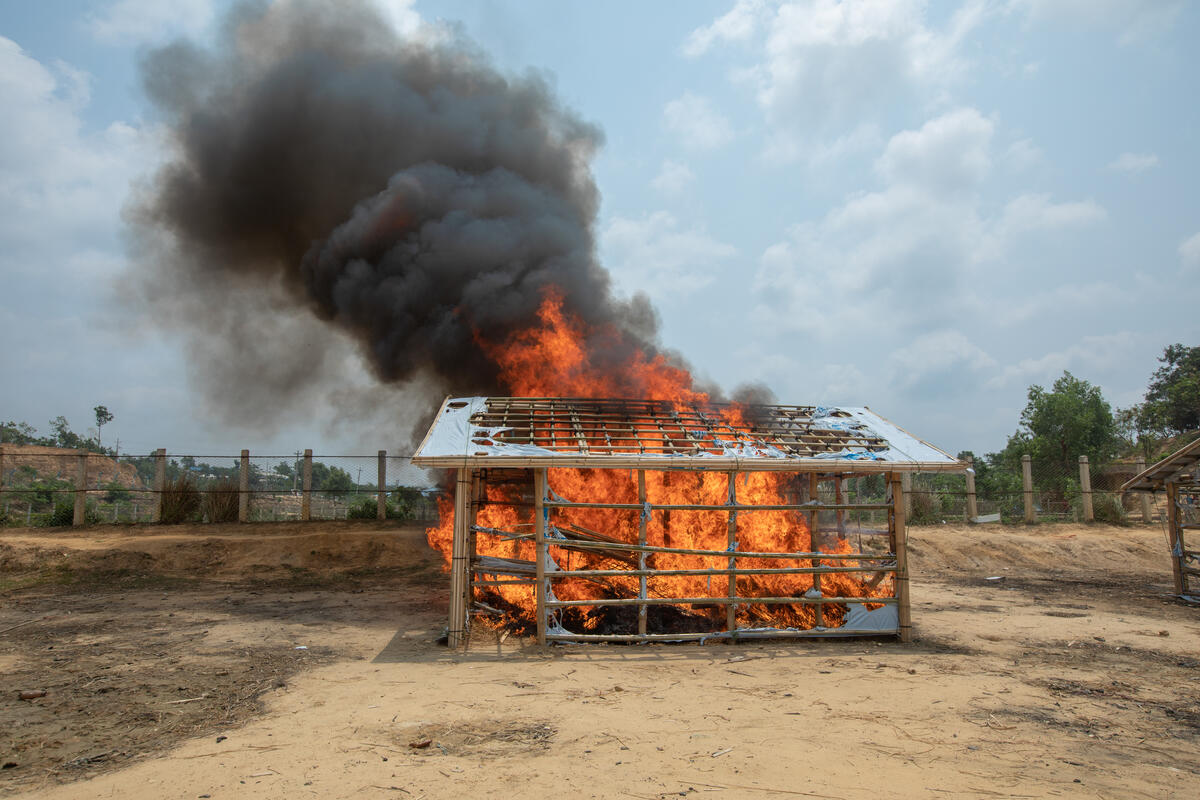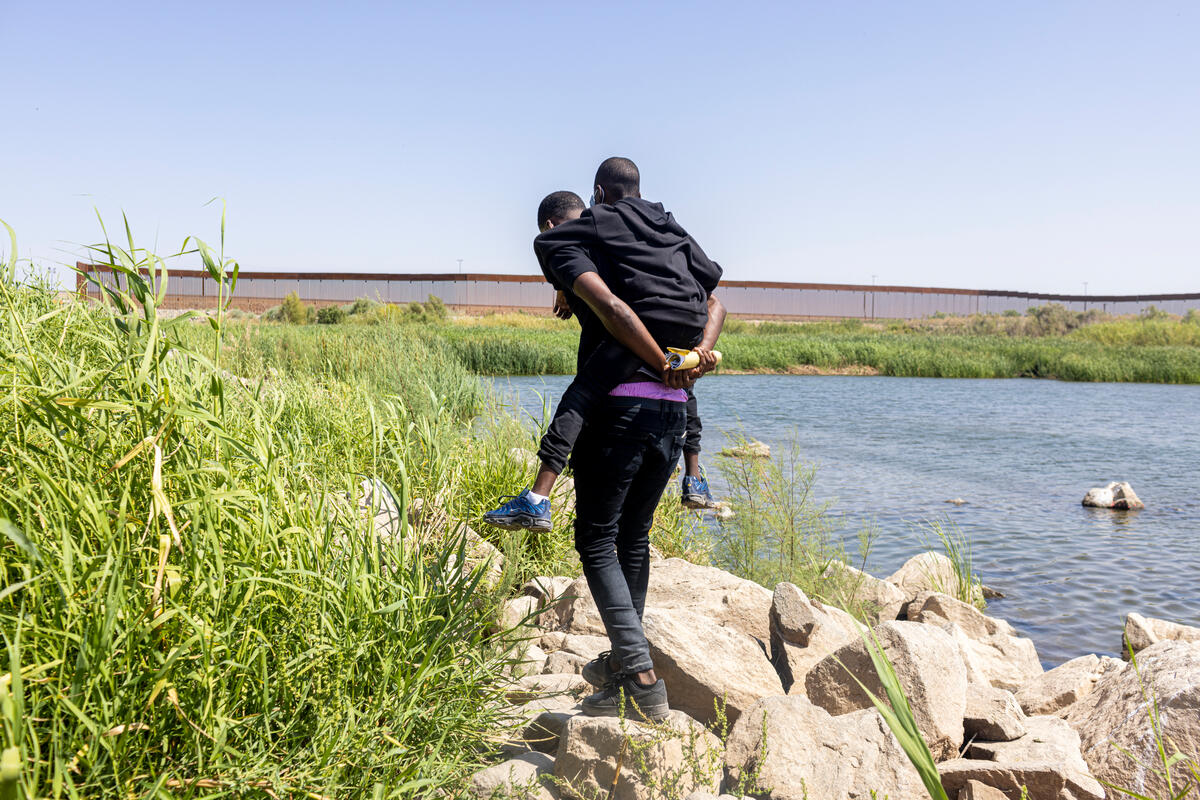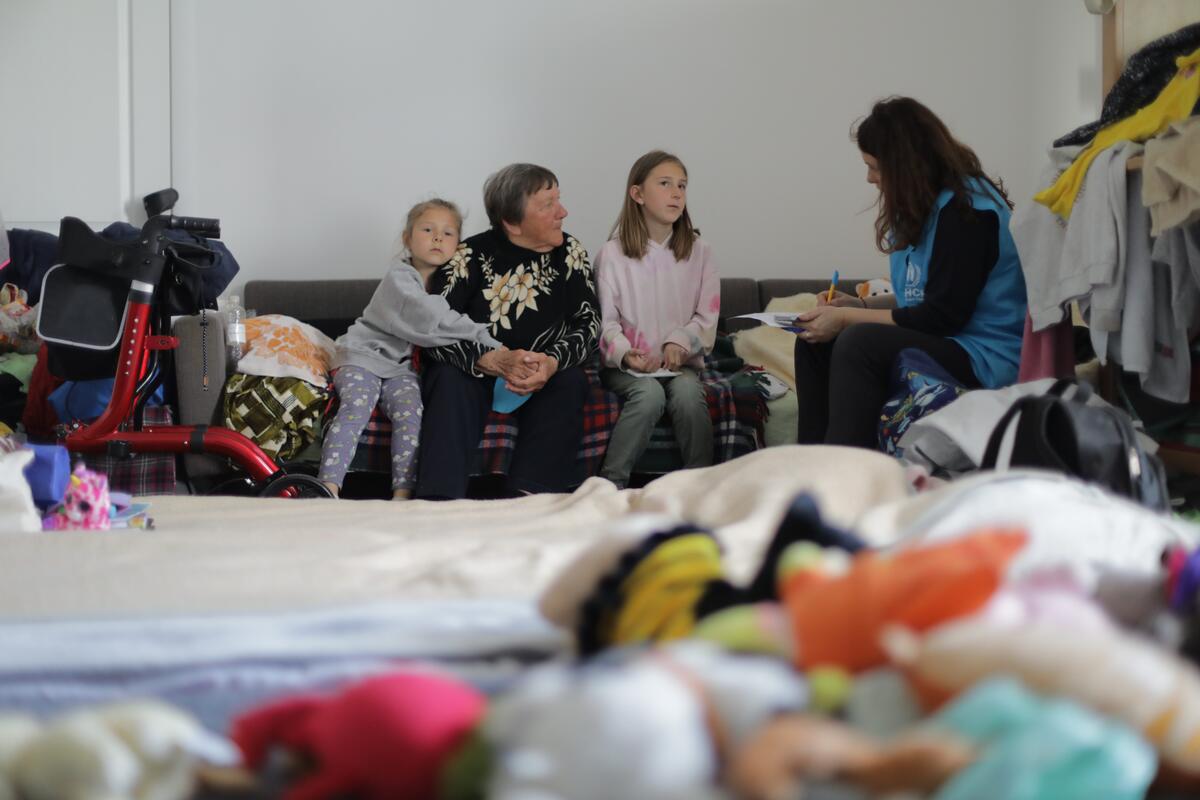Q&A: The New York Declaration is a 'once in a lifetime chance' for refugees
Q&A: The New York Declaration is a 'once in a lifetime chance' for refugees
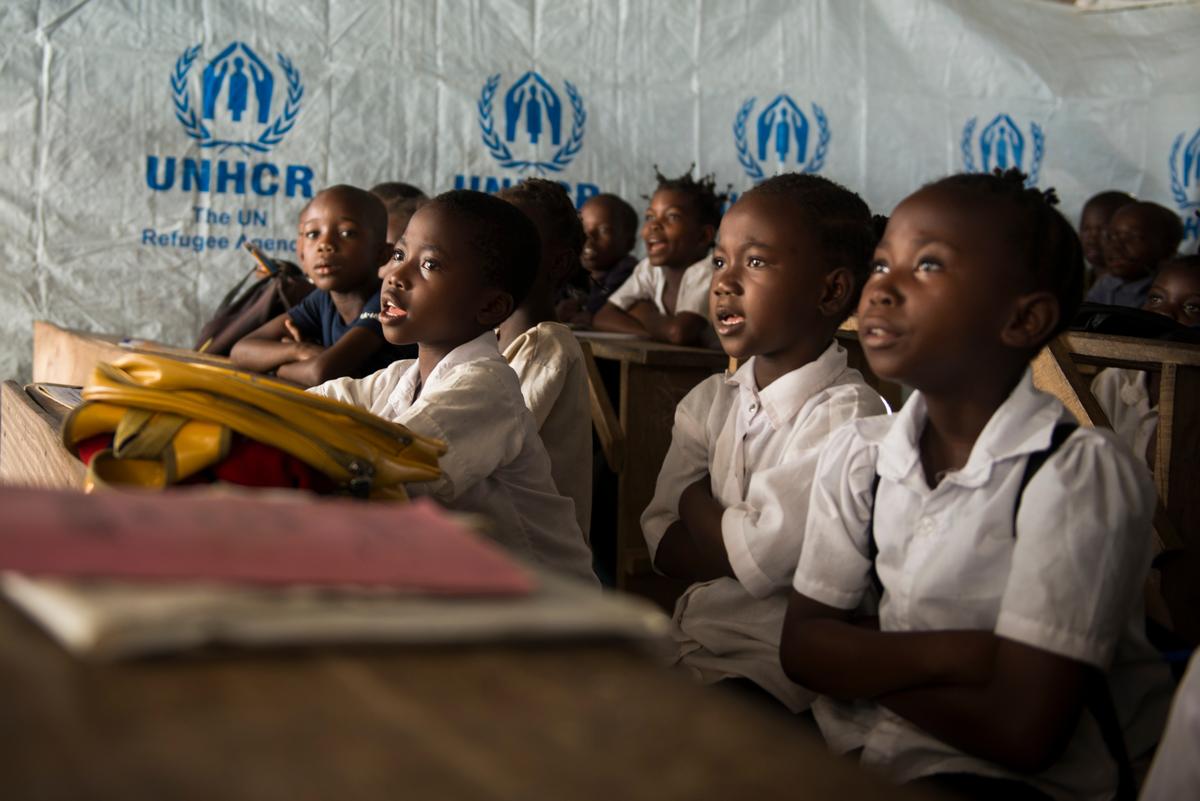
GENEVA – At the high-level UN Summit in New York on September 19, the governments of 193 countries committed to enhance protection for millions of people who have been forcibly displaced and are otherwise on the move around the world. The Summit Addressing Large Movements of Refugees and Migrants brought together government and UN leaders and representatives of civil society to better safeguard the rights of refugees and migrants and share responsibility on a global scale. It adopted key commitments that became known as the New York Declaration. On his return from the Summit, Volker Türk, UNHCR’s Assistant High Commissioner for Protection, discussed with Senior Communications Officer Ariane Rummery how the Declaration would impact the 21.3 million refugees displaced by persecution and conflict worldwide.
What do you see as the main value of a political declaration such as the New York Declaration?
The New York Declaration for refugees and migrants offers a once-in-a-lifetime chance; if you go back to 1948 and the Universal Declaration of Human Rights, it was adopted as a political declaration a bit like the New York one. At the beginning people thought, “Well, this is just an aspirational document; it doesn't have such value,” but what it did was revolutionize human rights. We hope that the New York Declaration will do the same, that it will revolutionize the way that the international community engages with refugees.
Watch a longer version of the video interview with Volker Türk.
How does the new Comprehensive Refugee Response framework set out in the Declaration differ from what UNHCR is already doing in refugee situations?
It is true that the Comprehensive Refugee Response framework contains a lot of practices that we have been involved in for decades. But there are some new things in there, as well. For instance, the focus on refugees and host communities; the fact that the development actors have to come in much earlier; the fact that international financial institutions have to come in much earlier; and the fact that it's not just about a piecemeal approach to health, education, or host community support, but actually requires a comprehensive approach. It also means a strategic shift in the way that the international community engages with refugees, with host communities, and with host countries. It is people-oriented. It is oriented towards those directly affected, and it promotes the machinery that’s required to ensure that refugees get support.
Where will refugees see the benefits of this new approach first?
Refugees will see that they are at the centre of political attention – that they are the centre of a priority setting on the part of international community. This will hopefully secure quicker funding so that humanitarian organizations and the whole of society can actually deal with, and respond to, refugees’ needs and find ways to address them. We also hope – and that's still not clearly not spelled out in the Declaration – that there will be a sea change in the way that resettlement places are made available, that family reunification is possible, and that humanitarian pathways are opened. We’ve seen some of this in the subsequent meeting that US President Barack Obama convened on September 20th, where some concrete resettlement commitments were put forward. We hope that it generates a lot more support for refugees – not just on the financial material side, but also on resettlement and the legal pathways side.
How might an average refugee family in Uganda or Ecuador, or Lebanon, or Pakistan benefit from this new framework?
Only 50 per cent of refugee children go to primary school, and only about a third go to secondary school, with huge dropout rates for girls in particular. Only one per cent of refugees have access to tertiary education, and this is well below the average for nationals in any country in the world. So we hope that through this declaration, through more partnerships, we have more engagement in education. That there will be a real difference, and that these statistics will actually work in favour of supporting refugees so that there are more children that can have access to both primary and secondary education and that there are more adolescents and young refugees who can have access to tertiary education at universities.
I think also on the health side, that we manage to do much more early on with boosting the capacity of local providers in order for refugees’ health needs to be met. The same goes for unemployment – for employment to open up the possibilities both for host communities but also for refugees. So there will be very concrete benefits if it doesn’t just remain on paper but is actually implemented in practice.
Who will be UNHCR’s key partners in developing the new framework?
First and foremost, UN Member States. We have some good examples – Uganda is one. Uganda provides plots of land to refugees who have just fled from South Sudan, over 100,000 of them. They include them in their national development programme. So Member States are key.
We also clearly need civil society actors. In fact, the novelty of the New York Declaration is that it talks about a whole-of-society approach to respond to refugee issues and to the needs of refugees. And that's great because it actually reflects reality. It's the host communities that often provide the first support. It's the local authorities; it's the mayors of cities. It is the local civil society organizations, the local institutions that are particularly confronted and need support. So it actually goes into quite some detail of who our partners are.
And it is clear that, apart from the Member States, it is also the international NGOs; from the international organizations, some of our key partners are the World Bank, UNICEF and WFP. It is all the UN actors who work tirelessly with us and together with us on refugee issues. So they will be very, very key. We got lots of words of support from our key partners, both from government and the international organizations, but also from civil society actors, and we need to build on this.
What are the next steps for UNHCR in putting all of this into practice?
We need to identify very quickly a couple of situations where we can see how the comprehensive refugee response works, and how it can make a difference. We are currently looking at a number of country situations. Obviously the one that comes to mind is the influx of South Sudanese into different countries. There are a number of protracted situations that we need to look into, as well. We need to see how we change the business-as-usual approach as a result of the New York Declaration. We will need to consider in each and every area of our work what it is that the Declaration changes for us, in terms of engagement with Member States, as well as with partners and refugees themselves. So there is a lot of work ahead. At some stage, we will engage in formal discussions with Member States and civil society partners and other stakeholders on the so-called Global Compact that we have to develop in 2018 and present to the UN General Assembly then.
You have only got two years left to do that. Is that long enough?
Actually we have got less than two years. It will be tight, but I think with the goodwill and the enthusiasm that we have and need, we should be able to do that.



